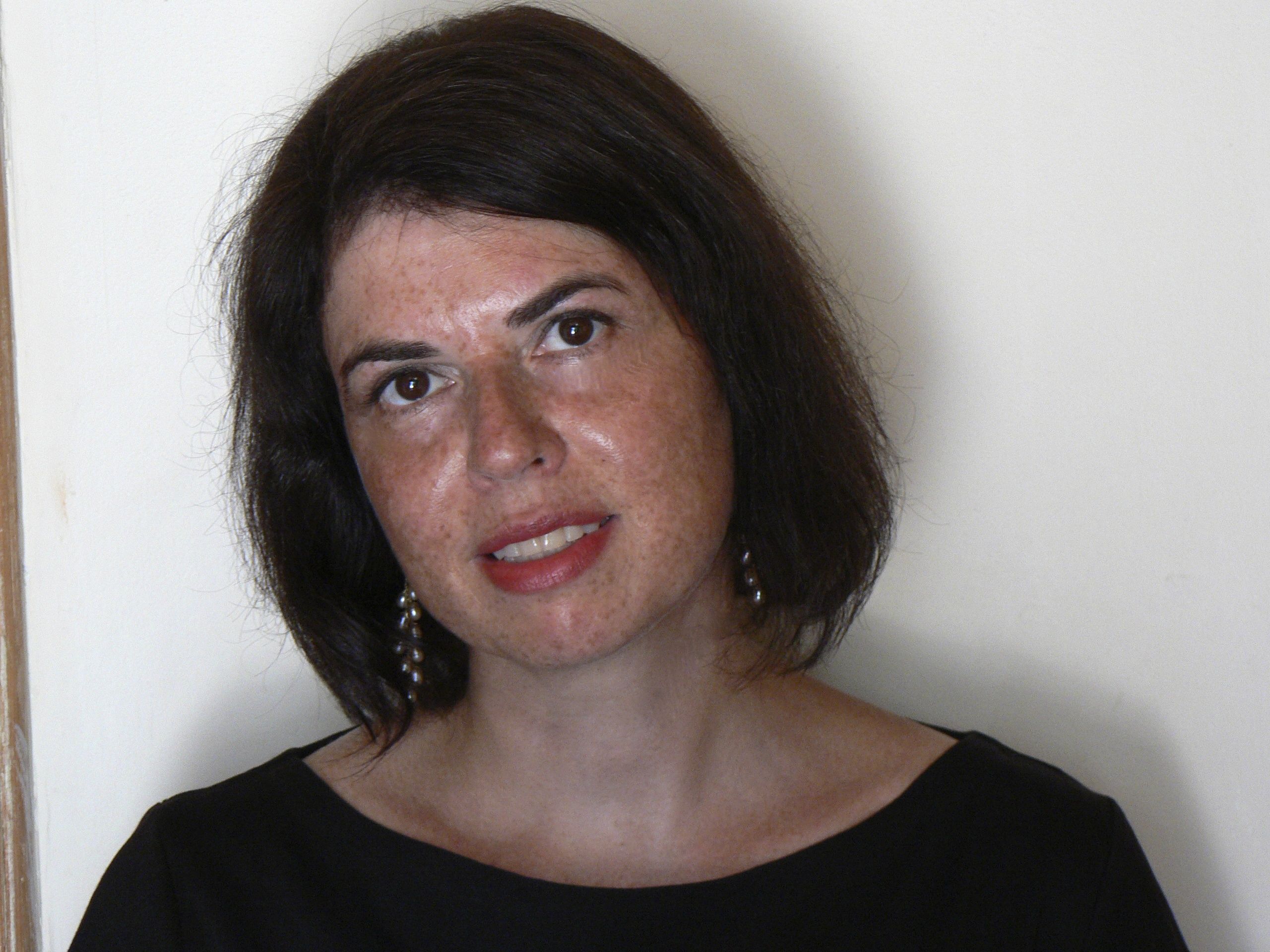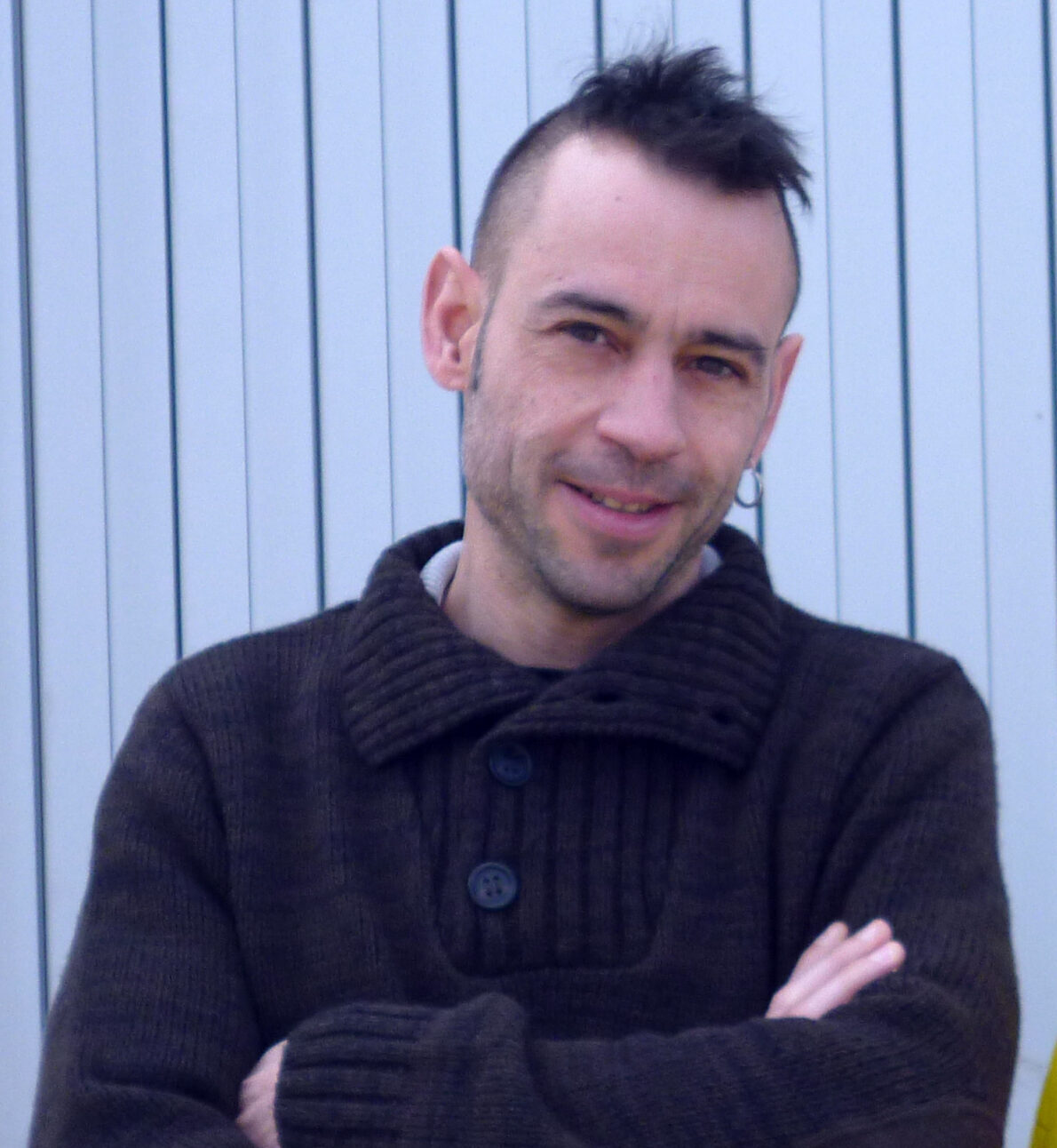In this interview that the researcher Giorgia Aiello, currently in residence at the Dicen-Idf, granted to the Culture Media Lab, she confides her expectations regarding this privileged moment of research but also gives some hints about her future work.
The residency that you will begin this year at the Dicen-IdF will allow a French audience, in addition to the publication of your book, to meet your work. Before talking about your work and future research issues, could you tell us a few words about yourself?
I currently hold a double appointment as Professor of Culture and Communication at the University of Leeds (UK) and Associate Professor of Sociology of Culture and Communication at the University of Bologna (Italy). After studying Communication Studies at the University of Bologna in the degree programme founded by Umberto Eco, I moved to the United States to pursue my PhD in Communication. I was offered a full doctoral scholarship by the University of Washington in Seattle, where I had spent a year previously as an exchange student. I loved Seattle and the West Coast, and having an opportunity to do my PhD there was life-changing. I was fortunate to have great research and teaching mentors throughout my PhD, and at the time the US academic environment was very dynamic and open. After completing my PhD I worked as an assistant professor at Colorado State University for three semesters, right at the foot of the Rocky Mountains, and at the beginning of 2010 I moved to Leeds, where in 2020 I was promoted to a full professorship in the School of Media and Communication. Now I live in Bologna with my husband Chris, who is also a media and communication scholar, and our little daughter Irma. After spending almost 20 years living in the US and the UK, it is very strange but also quite amazing to be living and working in my hometown again.
In what research context, at what point in the history of image analysis of images is your book Communication, space, image?
My work is grounded in social semiotics, particularly in the work of Theo van Leeuwen, one of the co-founders of this field. A social semiotic approach to visual communication entails both detailed analyses of the formal and aesthetic qualities of visual and multimodal texts (in my case images, but also brands, data visualizations, material surfaces and the urban built environment) and empirical research on the contexts in which these texts are produced, circulated, received, used and recontextualized. It is a fairly challenging approach methodologically, as depending on one’s research questions it may involve a combination of methods like ethnography, interviews or focus groups, observation, digital methods, or historical and archival research, in conjunction with more proper semiotic analysis. From a social semiotic standpoint, texts must be linked to contexts, semiotic production with social action, and meaning with power. Communication, Espace, Image reflects the wide range of topics and methodological instruments that are typical of this overarching approach. The four essays included in the book develop concepts like texturization, typing, juxtaposition, and genericity to understand the relationship between visual communication, difference and diversity, and the aesthetics of global capitalism (or globalism). The materials included in the book span about 10 years of my research in this area, with topics ranging from branding and stock images to documentary photography and urban regeneration. To me this topic was and still is highly relevant, as the so-called ‘global’ aesthetics of contemporary capitalism is often equated to something like ‘McDonaldization’ or homogenization but is in fact now often based on an active mobilization if not exploitation of key aspects of difference and diversity, such as authenticity and locality, gender and sexuality, race and nationality, and so on.
Your work has been translated into French for the first time. What does this mean to you?
This French translation of my work means a lot to me, because it will allow me to engage with an entirely new academic audience at the crossroads of sociology and semiotics, which will surely make me reflect on my work in novel ways. I truly look forward to hearing what scholars who will read this work in French think of it, as I believe that feedback and even criticism from peers is vital to advance one’s research agenda. I also find the way in which my work has been framed by Marta Severo and Maria Giulia Dondero through their preface and afterword, respectively, to be really generative. Both Marta and Maria Giulia did an amazing job of seeing my research with new eyes, and I would like to thank them for engaging with my ideas in such a thoughtful and frankly quite smart manner.
What do you expect from your residency at Dicen-IdF?
I look forward to being able to work with Marta Severo and meet new colleagues. I don’t have particular expectations apart from having an opportunity to establish new connections and be exposed to ideas, methods and findings that are new to me. Marta and I are going to meet regularly to engage with each other’s work, and I’m also going to get to know other members of the research lab through informal meetings and the two talks I’m giving during my residency.
Are there any particular topics you want to focus on during this residency?
Marta and I are exploring ideas for collaboration in relation to my current programme of research on the role of generic images in public culture. For several years now, I’ve conducted research on stock photography, that is, on the pre-produced, standardized images that circulate increasingly in digital media and which are typically overlooked as insignificant or cliché. Most scholarly and public debates on the role of images in culture and society have eminently focused on “arresting” and “iconic” photographs. In my research, instead, I take the abundance of stock photography in everyday life seriously, arguing that generic images have become the visual backbone of our cultural and social imagination. At Dicen-IdF, I will focus on developing ideas for research on the role of generic images like stock photographs in relation to important issues in digital media culture, such as disinformation, memorialization, and patrimonialization.
In the preface to the book Communication, space, image, Marta Severo describes your reading of images as engaged? What can be said about your commitments, through research?
I am first and foremost committed to never taking for granted what I see around me, and in fact I think my ‘engagement’ lies precisely in an attempt to systematically track and trace the social and political implications of contemporary forms of visual communication which may otherwise seem harmless, trivial or downright insignificant, but which are part and parcel of our everyday lives. Stuart Hall defined ideology as “the power to signify events in a particular way”. This statement is very much in line with how I go about asking questions, whether it’s about how a global brand like Starbucks may use visual and material communication to become part of our everyday lives in the service of capitalist profit or how a world-leading photo agency like Magnum Photos may use visual style to preserve its status in an increasingly commercial and saturated image market. Personally, I consider my social semiotic approach as a continuation and extension of Stuart Hall’s work on ideology and representation and Roland Barthes’ original, though unfinished agenda in Mythologies. Barthes emphasized the importance of the need to create “an appropriate method of detailed analysis” to reveal and ultimately also undermine meanings that over time have been naturalized through power but which in fact contribute to reproducing the status quo. While Barthes’ definition of power was specific to his time and intellectual background (to him the ‘essential enemy’ was the bourgeoisie), social semiotics can still be seen as a way to carry out Barthes’ semioclasm, or an attempt to break away from established meanings followed by a redefinition of what dominant meaning-making practices may look like. What I really like about social semiotics as an intellectual and political project is that it doesn’t just stop at critique but it also considers work on redefining the rules of representation and meaning-making more generally together with the discovery or development of new ways of creating and communicating meaning as central to academic research.
Mots-clés
Last news


Giorgia Aiello is currently in residency at the Dicen-IdF. She gave a conference to present her book and her research on 19 May 2022 at the Pixel.
Here is the recording:
A second lecture was given on 25th of May at Campus Condorcet, in conversation with Wendy Chun. You can listen to the podcast of the conference here.



